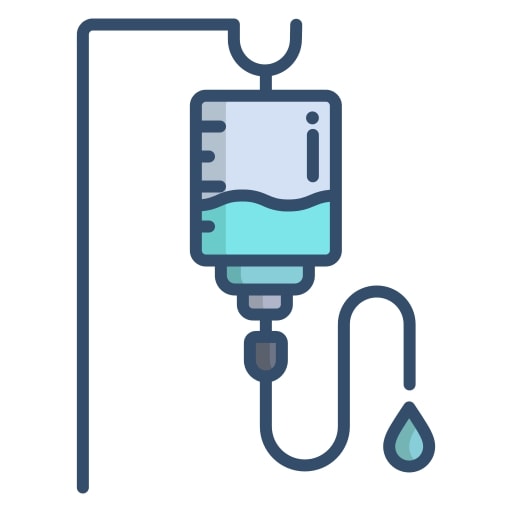DEXTROSE 10%/ SODIUM chloride 0.18%, 500ml, SR bot. PVC free
Valid Article
DEXTROSE 10% / SODIUM chloride 0.18%
Therapeutic Action
Hypertonic solution of 0.18% sodium chloride and 10% dextrose
Indications
Intravenous maintenance fluid for newborns
Instructions for use
Must be given as IV infusion.
In neonates, the use of sodium chloride in combination with glucose is preferred to ringer lactate, to avoid giving excess lactate.
The use of a premixed solution reduces the risk of miscalculation or preparation errors, and the risk of contamination during handling.
Currently only available in semi-rigid bottle PVC free.
Storage
Below 25ºC
Caution!
It is important to pay attention to stack-piling, handling and internal transport conditions to prevent compression of the secondary packaging, which could lead to micro-leakage of the bottle or bag (risk of microbial contamination).



![[KMEDMHOM14-] (mod OT Room) INFUSIONS](/web/image/product.template/572837/image_256/%5BKMEDMHOM14-%5D%20%28mod%20OT%20Room%29%20INFUSIONS?unique=831960c)
![[KMEDMHHM24-] (mod hospital) INFUSIONS 2021](/web/image/product.template/572790/image_256/%5BKMEDMHHM24-%5D%20%28mod%20hospital%29%20INFUSIONS%202021?unique=3e8bd00)
![[SINSSETP150] SET, INFUSION, paediatric, precision, sterile, s.u.](/web/image/product.template/570249/image_256/%5BSINSSETP150%5D%20SET%2C%20INFUSION%2C%20paediatric%2C%20precision%2C%20sterile%2C%20s.u.?unique=d2c10a1)